The first time I took a group to India in 2012, my in-country guide’s name was Prince Charles. He has since become as close as a brother to me. He is not actually a member of the British royal family.
Charles is a South Indian who was raised in a small village near Mamallapuram. He worked hard to go to college, get an English degree and then a job in tourism and I’m grateful everyday that he did. He’s humble, smart, kind, funny and passionate about showcasing his country. No matter where he goes in South India he his warmly received and respected.
How did he get his name? We’ll get to that in a bit.
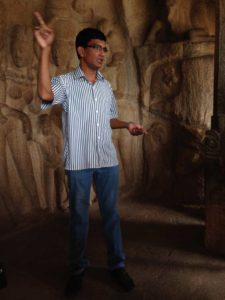 The point of the story is that after our first tour of South India together, I promised Charles that I would bring a group to visit his hometown of Mamallapuram one day. Now I’ve been several times, but I still remember that first time in 2014 like it was yesterday.
The point of the story is that after our first tour of South India together, I promised Charles that I would bring a group to visit his hometown of Mamallapuram one day. Now I’ve been several times, but I still remember that first time in 2014 like it was yesterday.
The connect-the-dots flights needed to cross the oceans and continents to get to India seemed to take forever – though in reality it was less than 30 hours. We landed in the middle of the night, as planes to India always seem to, and then boarded a private coach to trundle along the East Coast Road 90 minutes south of Chennai to this small coastal village.
The night was jet black. Thunder boomed off shore and lightening cracked its whip steadily to set it off again and again. As we pulled up to the lobby of our hotel, the rumbling din drew nearer. It drowned out the waves I could hear crashing nearby and the palms’ branches slashing at each other in the wind. The porters at our hotel had stayed up for our arrival and just as we were all tucked into our cottages, a late monsoon deluge opened its flood gates to beat the electricity of the storm back out over the Indian Ocean. I fell asleep to the insistent beat of monsoon rain on my rooftop. It was a dramatic welcome to say the least.
When I finally laid eyes on Charles the next morning, it felt incredible to have realized this dream. Our plan for the day was to take the group for a tour of the town’s UNESCO World Heritage sites.
We boarded a coach, drove five minutes and got out at the seventh century Pallava dynasty Shore Temple. Two tiered granite towers sit on a point windswept and faded but a solid testimony to the ancient culture that carved them. We did have to make our way through every kind of souvenir hawker between the bus and the entrance to the grounds but the hawkers are harmless and just trying to support their families and the grounds were quiet as they are not allowed past the point of entry. We were grateful to wonder in peace absorbing the beauty of the granite structures, and the setting—as the name suggests—on the shores of the Bay of Bengal.
We got back on the bus and two minutes later we were at the Pancha Ranthas (five chariots). Here too we enjoyed peace and quiet as we wondered amongst the five temples carved like chariots and the large carvings of animals dispersed amongst them. A monolithic life size elephant was the group’s favourite. We took the time to wonder in and out of each shrine and to watch the keepers sweep and tend these ancient sculptures that were discovered after being buried in sand for over 1000 years.
For our next destination, it seemed we travelled only one minute before arriving at a triple whammy of monuments: the bas-relief carvings at Ganges Descent (Arjuna’s Penance), the Varaha Mandapa (cave temple) and a 5 metre wide precariously perched granite stone called Krishna’s Butterball. A few steps south of Ganges Descent, there is also the sheltered colonnade structure of a monument called the Krishna Mandapa. Here you can actually touch the carvings of Krishna protecting cows and villagers. Arjuna’s Penance is fenced off but so large it is easily viewed. The butterball is just plain fun.
As you can see from Pauli-Ann’s photos, it really looks like a baby goat could butt it and it would tumble down the hill, but no, the butterball is so solidly attached that during the British Raj, attempts to move it with seven elephants pulling on it, proved ineffective. It has been in its spot for at least 1400 years.
I bought a map of the town off one of the many persistent hawkers near this area and I started to laugh when I looked at the proximity in distance for the monuments we visited that morning. I had agreed to the transportation because I wasn’t sure how our guests would do in the heat of the day and I wasn’t sure how far things were. When I realized we had travelled about one kilometer in total, I reassured Charles that we really were quite fit and able to handle such distances with ease. I just couldn’t believe that we’d find so many architectural monuments within throwing distance of each other.
If you go, here are the top ten things to do that we can recommend:
- Take a walking tour of the UNESCO World Heritage sites in the cool air and glowing light of the morning. It will be most pleasant.
- Rent bicycles in the town, take surfing lessons or attend a multitude of yoga classes.
- Walk the beach and search for statues of Hindu Gods and Goddesses badly damaged but rescued from the 2004 Tsunami.
- Get up early and take a plunge in the mighty Bay of Bengal (with a swim buddy – the riptides can be fierce).
- Shop for granite carvings. They are well priced and truly carved in Mamallapuram.
- Take a lesson in granite carving from a master.
- Eat at some of the great little cafes like Hotel Mamalla Heritage Hotel’s Golden Palate or the very authentic Mamalla Bhavan.
- Enjoy a few cold drinks in the evening at Grande Bay Resort and Spa’s L’attitude 49 restaurant and bar or the Radisson Blu’s Maritime Tales bar.
- Dine at L’attitude 49 to enjoy the fusion cuisine of director Chindi Varadarajulu and chef Dhiraj.
- Stop into Travel XS’s office on East Raja for more ideas and private guided tours of the area.
Touring with a local is so important if you really want to understand a place. After our morning at the monuments, we enjoyed the 21 course banana leaf thali at the Golden Palate and most of the guests walked back to our hotel. Later, we joined Charles to walk the streets of a nearby village where some people still lived in mud dwellings.
We visited the school there and learned that Travel XS supports their daily lunch, uniforms for the children who can’t afford them and the teacher’s salary. We found a potter and watched him spinning clay at his wheel, his masterful hands churning out at least a dozen objects from one original piece he started with. We learned about mandalas (welcome designs) outside of people’s homes.
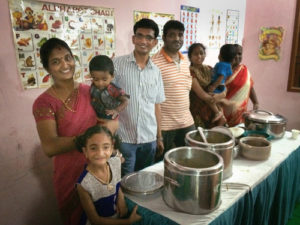 The best of the day, was yet to come though. Charles had promised me that if I ever came to Mamallapuram, his family would cook for my group.
The best of the day, was yet to come though. Charles had promised me that if I ever came to Mamallapuram, his family would cook for my group.
We had a wonderful evening with his wife Julie teaching us a cooking class and brother and sister-in-law pitching in to cook and feed our whole group. When you’ve travelled literally halfway around the world it is good to hit the ground running and that is what we did on our first full day in India in 2014. Needless to say, my group had no trouble with jet lag after that first day in South India.
I’ve been back again a few times to Mamallapuram and now people in the village recognize me. Though Chennai seeps south and the line between the city and the village blurs a little more each year, Mamallapuram is still a small place for those that live there.
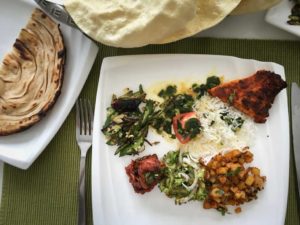 Now I stay at the Grande Bay Resort and Spa, because the owners, Sethuramen and Janardhanam, are like family to me but the Radisson Blu, their neighbour to the south is a highly regarded and wonderful place to stay as well.
Now I stay at the Grande Bay Resort and Spa, because the owners, Sethuramen and Janardhanam, are like family to me but the Radisson Blu, their neighbour to the south is a highly regarded and wonderful place to stay as well.
Over the next several posts, we’ll share recipes that we learned from the chefs at the Grande Bay’s L’attitude 49 restaurant. You are in for a treat.
But, right now, before we close this story, I promised I’d share how Charles got his name. Here you go:
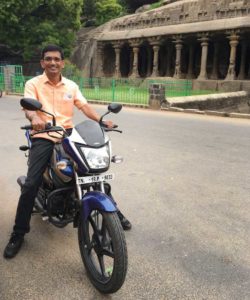 When Charles was a baby, his ears stuck out. His mother named him Prince Charles because, let’s face it, the Prince of Wales has a jumbo set of wings. Prince Charles is Charles’s legal name and his ears no longer stick out. The same cannot be said for bonnie Prince Charlie.
When Charles was a baby, his ears stuck out. His mother named him Prince Charles because, let’s face it, the Prince of Wales has a jumbo set of wings. Prince Charles is Charles’s legal name and his ears no longer stick out. The same cannot be said for bonnie Prince Charlie.
It’s a fun story but his royal moniker does give Charles a bit of trouble at passport controls when he travels. It can be a royal pain in the butt.
G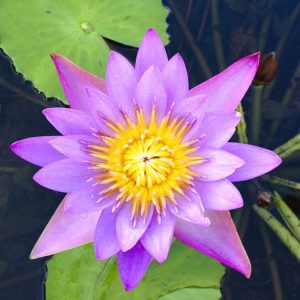 ratitude
ratitude
We’d like to thank the Kerala Travel Mart Society and Travel XS for sponsoring our trip to South India and Grande Bay Resort and Spa for their gracious hospitality during our stay in Mamallapuram in 2016.
In the interest of full disclosure: Prince Charles is a manager at Travel XS. He accompanied us for much of our research trip throughout all of South India in 2016 and we benefitted greatly from his contacts and true local knowledge. You simply could not find a better guide or “man on the ground” in South India and Pauli-Ann and I will be eternally grateful for his friendship and guidance.
As always, all words and photos are our own and were not shared with our sponsors prior to publication.

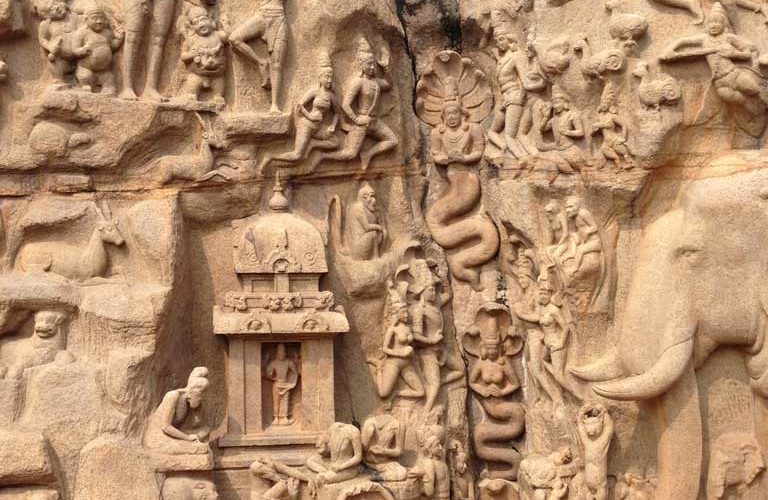
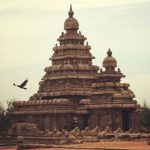
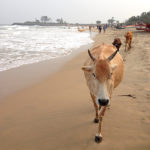
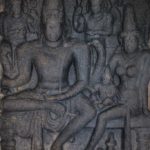
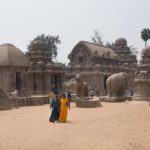
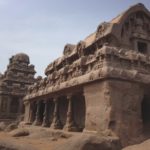
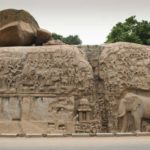
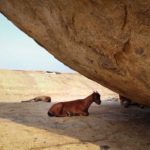
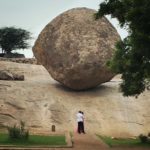
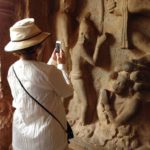
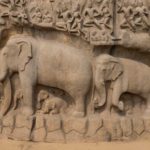
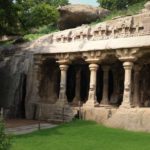
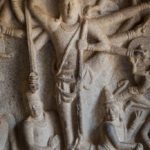
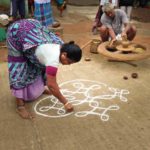
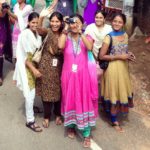
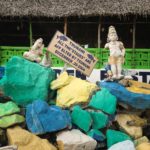
Lovely person with kindness , love & humanity ❤